In the last three months, employers have been forced into a remote working crash test. Having discussed for years the theory of remote work in abstract terms, businesses around the world are now experiencing it first-hand. Organisations and employees alike are discovering the productivity implications, the role of technology, the limitations and the opportunities. As attention turns towards a return to the office, these lessons learned will not simply be forgotten.
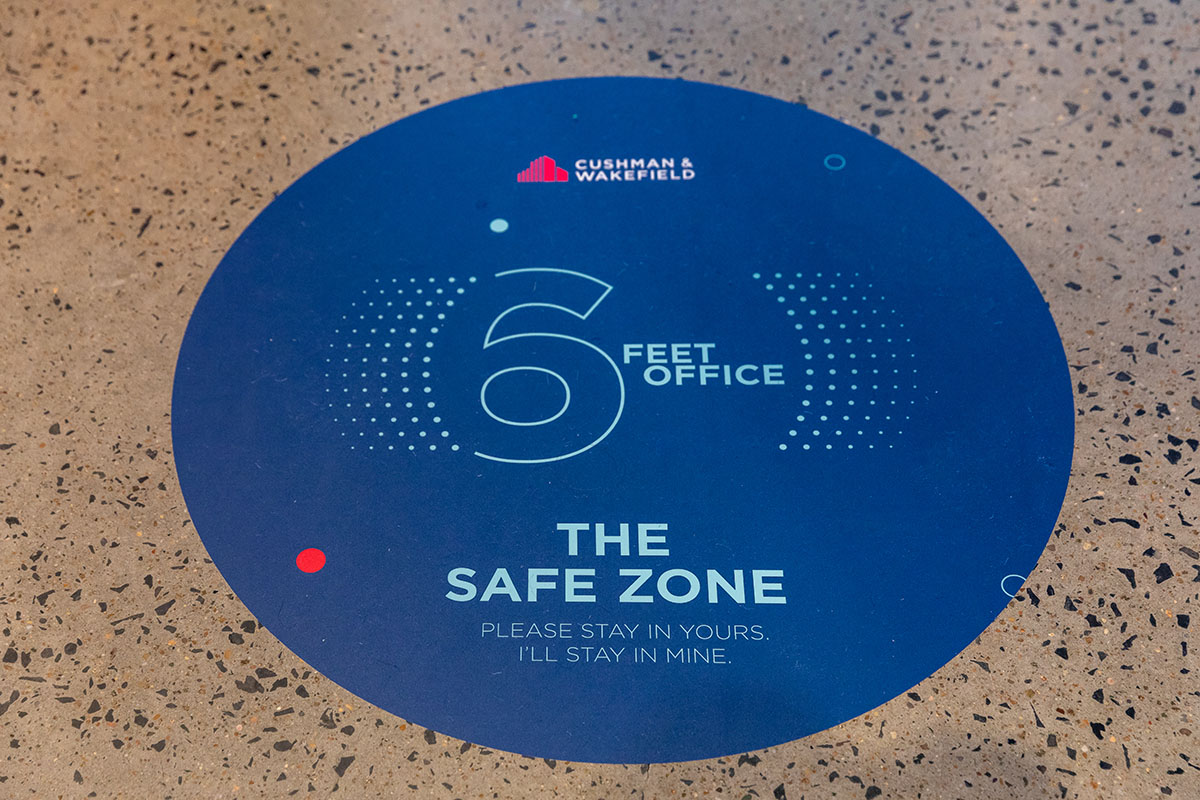
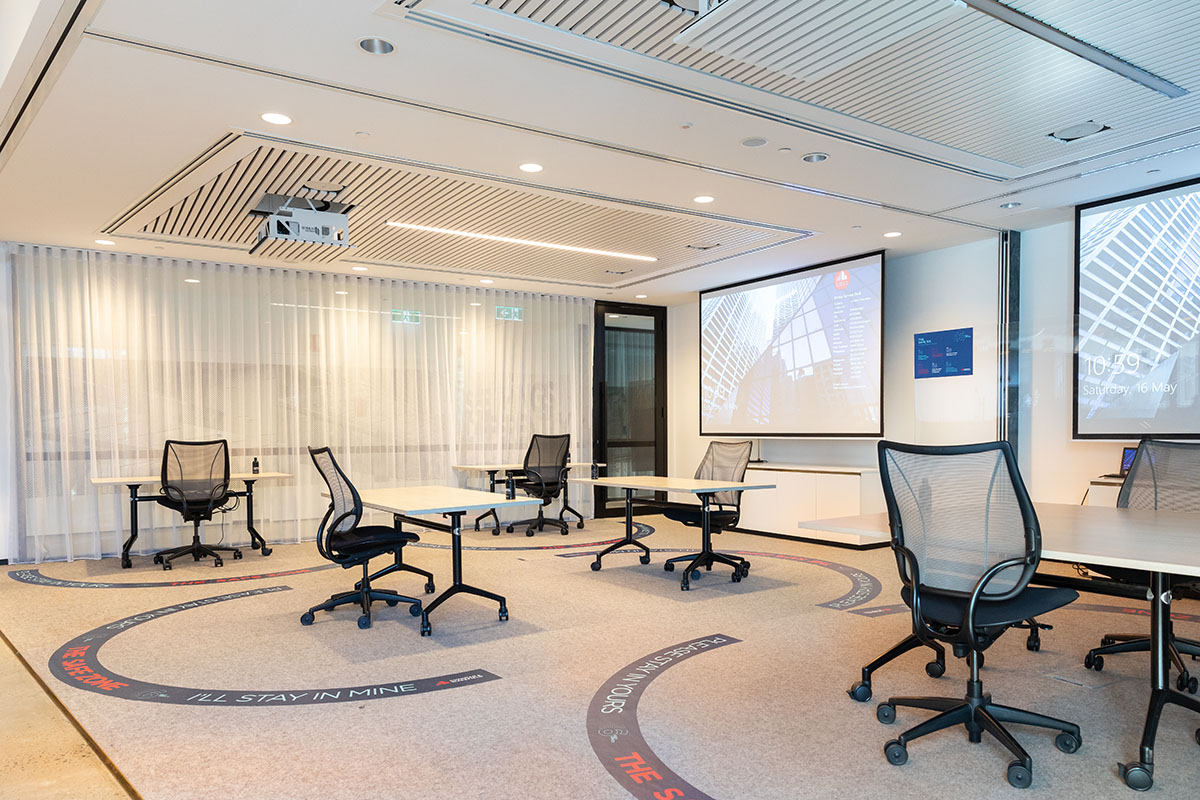
Speaking regularly with clients, I have been struck by how those conversations have changed. I’ve heard surprise at how well their staff have retained productivity. Concern about how some employees have struggled to work at home because their environment doesn’t meet their needs. And now worry about rushing staff back into a traditional office environment. In addition, there is excitement about what a reimagined working environment could mean from a cost, safety, and productivity standpoint into the future.
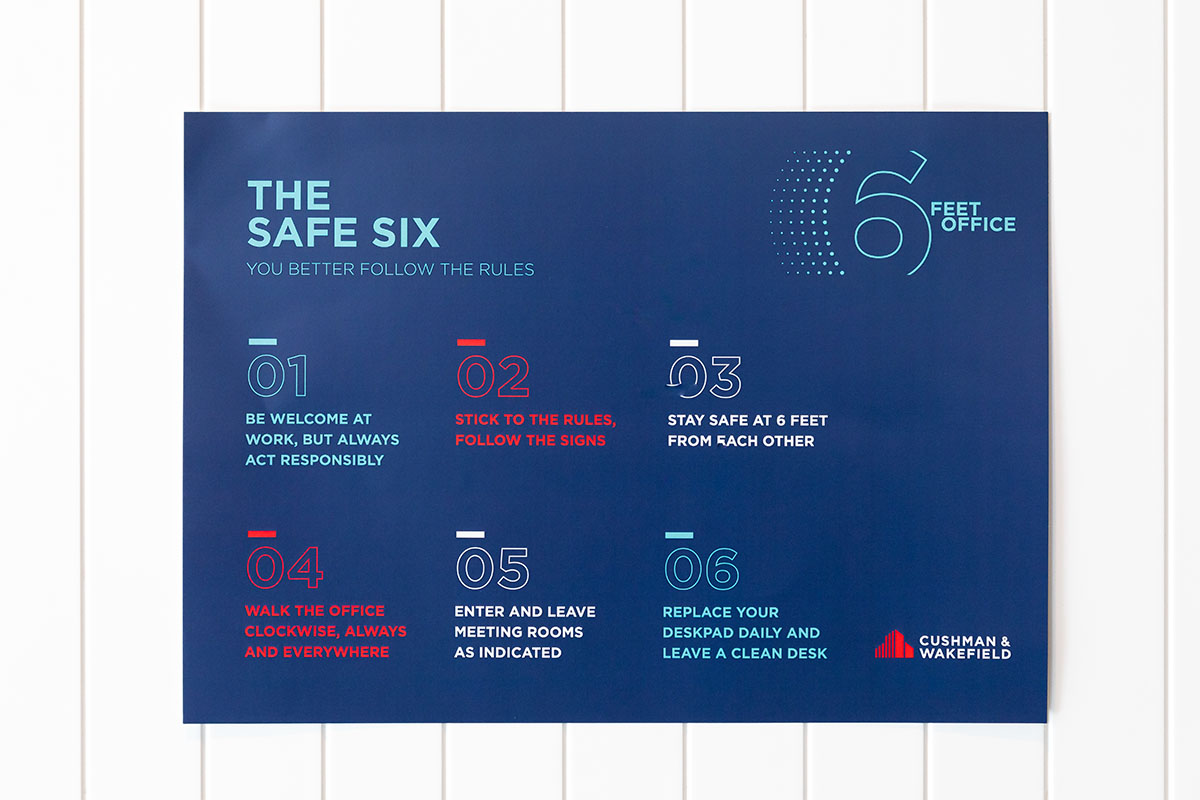
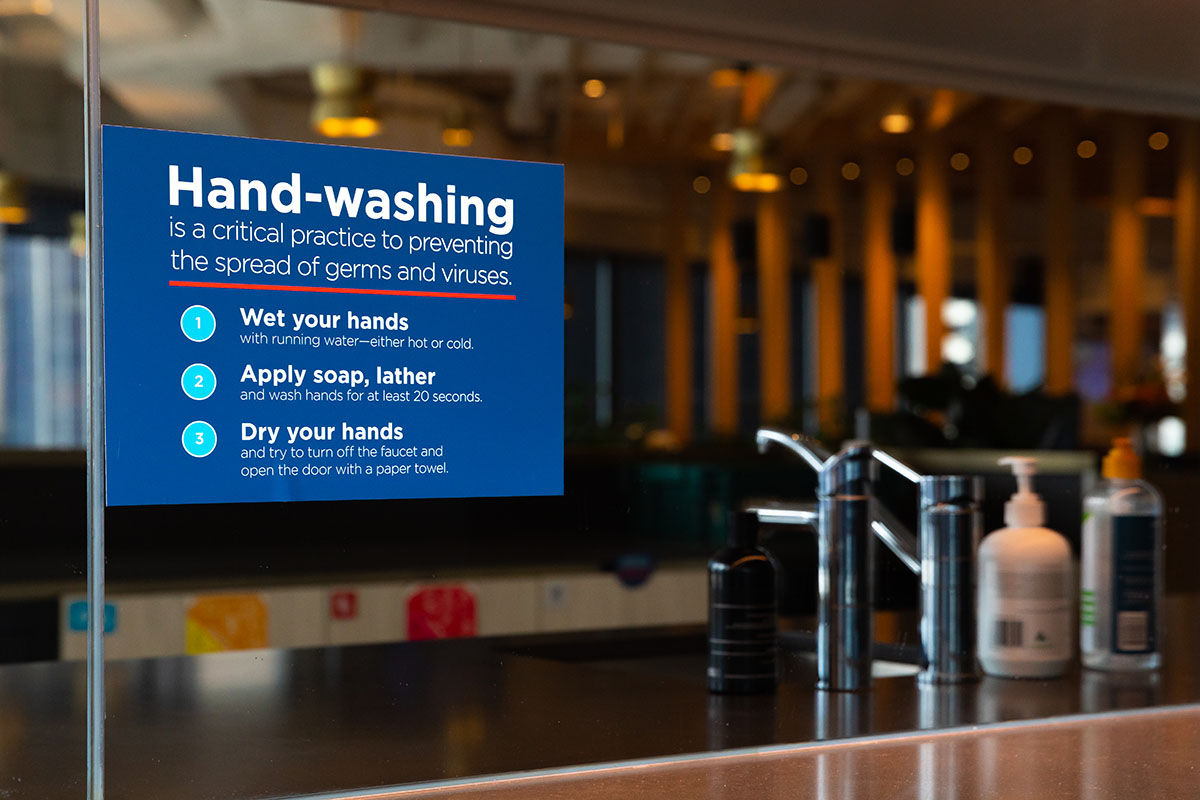
Fundamentally, this change in attitude is being driven by a profound desire to keep employees safe. Ensuring post-outbreak safety in the built environment means a number of things. It means revising the relationship between building owner and occupier, and between employer and employee. It means a profound adjustment of physical space to enable distancing, and an augmented role for maintenance and Health, Safety, Security & Environment (HSSE) professionals. It means a case-by-case assessment of just who needs to be in the office, and what the future looks like for those whose productivity has remained stable or even increased through this period of isolation.
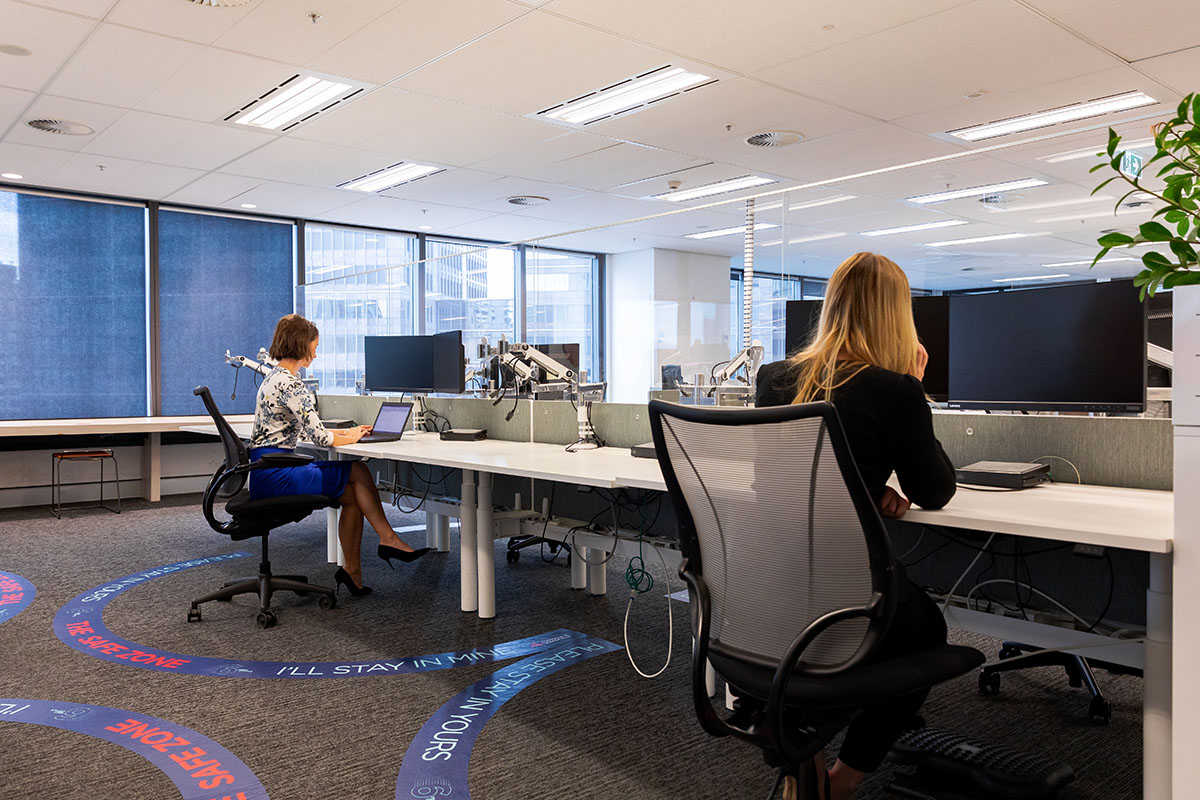
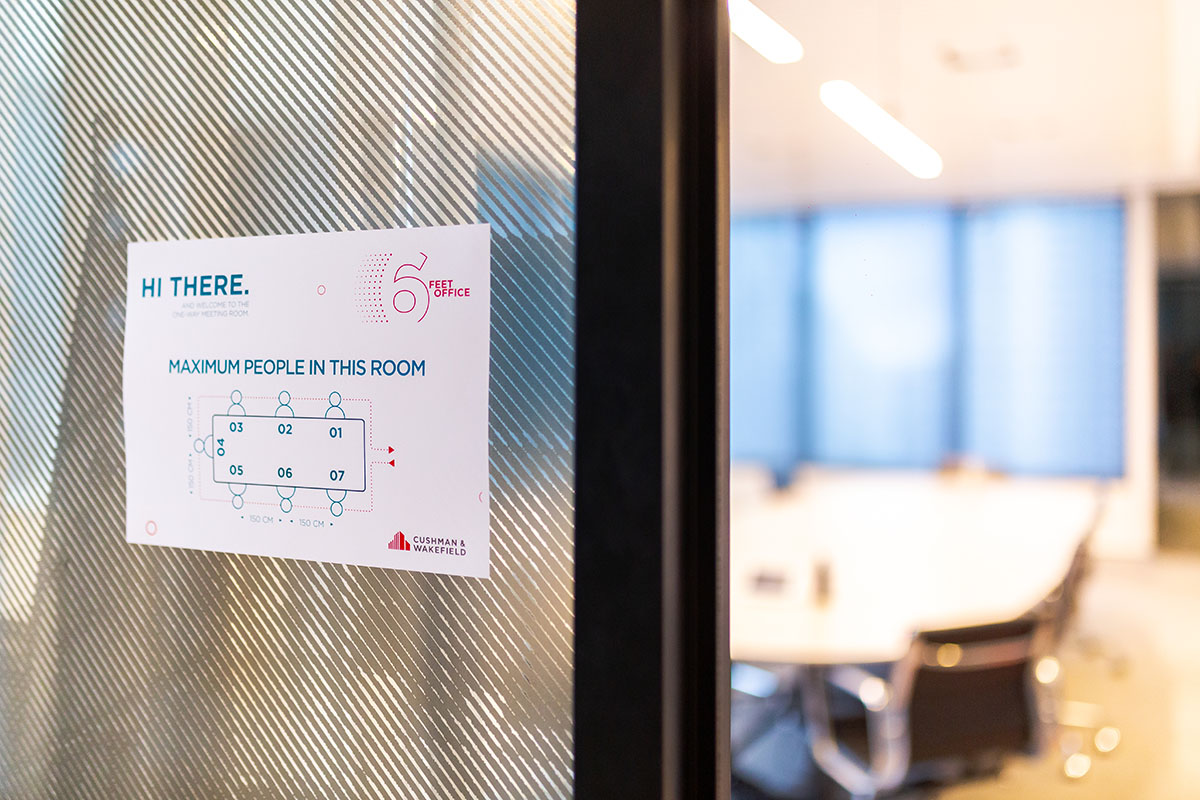
Across China, we’ve already helped employers across 10,000 companies return nearly one million workers to over 800 million sq ft of space, with safety being at the very heart of that strategy. And many of our clients have already returned to the office in Korea, Vietnam and New Zealand and are preparing to return in most other Asian countries. This has meant understanding local regulatory requirements, building communication and collaboration opportunities between landlords and our clients, Personal Protective Equipment (PPE) and cleaning policies in the offices themselves, space redesign to allow for distancing and safe traffic flows, employee communications, the list goes on. Having condensed this experience into our Recovery Readiness Guide, we’ve been able to help employers understand the sort of questions they need to be asking as they look towards that return.
While we’re spending most of our time supporting the immediate requirements of businesses across sectors, it’s also essential that we look to how our work environments will change in the medium and long term. Our Six Feet Office concept, born from our experience with clients in the Netherlands, rests on three key concepts of how workplaces will evolve in light of the epidemic. The first is the physical layout of space, ensuring safe distancing between employees. The second looks at the behaviours of staff within the space, including traffic flows and the transformation of congregation areas. And finally, there’s individual employee responsibility, ensuring they understand what is expected of them from a safety perspective.
Whether you look at space, usability, or behaviour, these three principles represent significant change to the workplace dynamics of the future. Just as 9/11 reimagined how buildings were designed and operated for security, so will COVID-19 change how they are designed and operated for wellness. Unlike the early 2000’s, today we are able to bring to bear a wealth of technology to help us achieve this goal. Where today we may use a card to allow us entry to our places of work, tomorrow we are likely to see biometrics, including in-built temperature scanning, defining whether you’re allowed into the building. We’ll see robotics automating the cleaning of spaces, and systems ensuring employees can safely reserve the space they need, when they need it.
The outbreak is not just going to change our physical spaces. It’s going to transform the way we sell, the way we operate, the way we work and collaborate. We’re excited about the challenge of helping our clients navigate this new normal.



